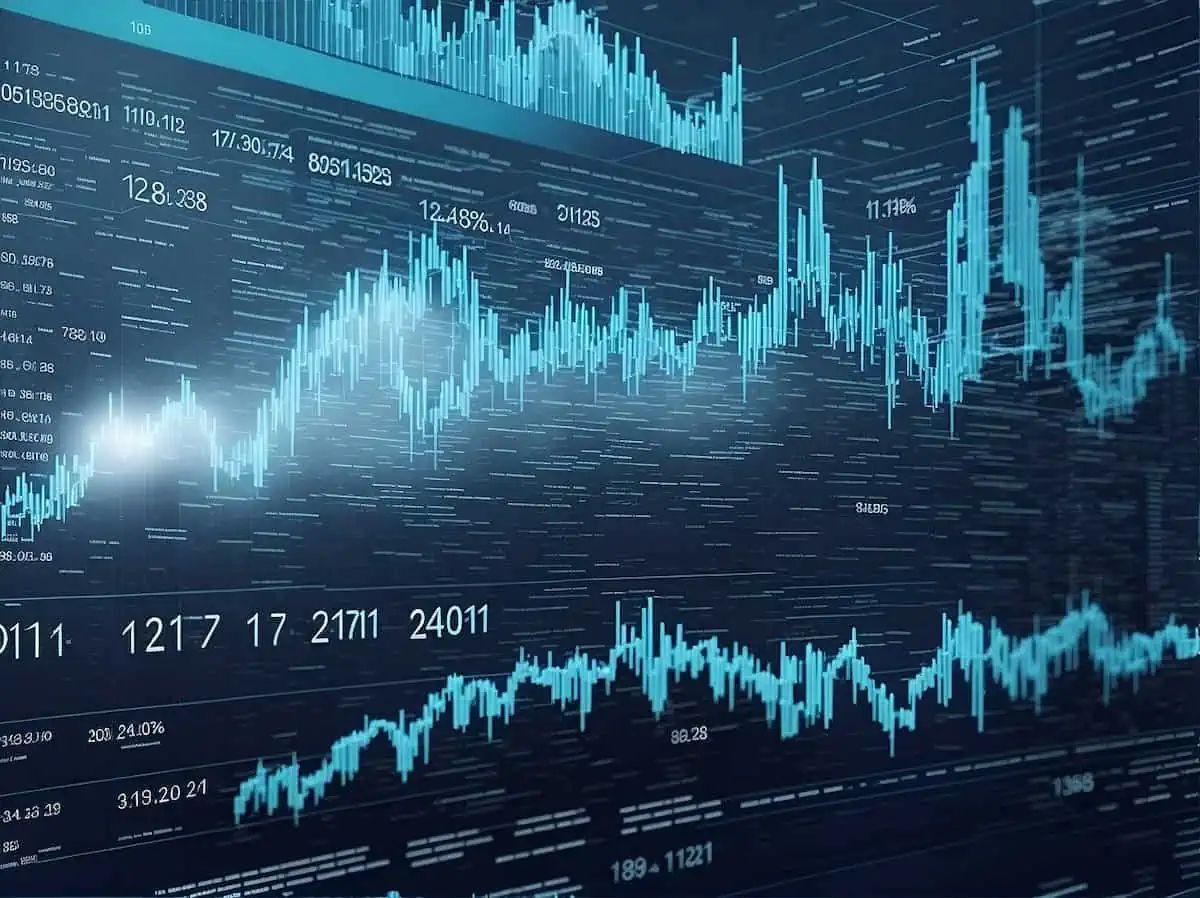Are you looking to brush up on your knowledge of modern trading strategies? Have you heard about high-frequency trading but need to figure out how it works or its role in arbitrage strategies?
If the answer is yes, then this article is for you. High-Frequency Trading (HFT) has become increasingly popular and sought after over recent years—with more investors showing a keen interest in leveraging its advantages.
In this article, we’ll look at HFT in detail, exploring its unique mechanics and capabilities when integrated into arbitrage strategies.
We’ll offer helpful insights to understand the critical concepts connected with HFT and relevant market dynamics impacting this strategy today. Read on to gain insight into one of the most exciting facets of trading: high-frequency trading.
What is High-Frequency Trading and How Does it Work
When it comes to the world of finance, there are always new developments and technological advancements changing how things are done. One of the most significant changes in recent years has been the rise of high-frequency trading. But what exactly is it?
High-frequency trading is algorithmic trading that uses powerful computers and advanced algorithms to make trades at lightning-fast speeds.
By analysing massive amounts of market data, these systems can make split-second decisions about buying and selling stocks, bonds, and other financial assets. While there are certainly some advantages to this kind of trading, there are concerns about the potential risks and drawbacks. It’s a complex topic that’s worth understanding if you want to keep up with the latest trends in finance.
Overview of Arbitrage Strategies
Before we dive into the role of high-frequency trading in arbitrage strategies, it’s crucial to have a basic understanding of what arbitrage is and how it works. Arbitrage is a trading strategy that involves simultaneously buying and selling assets in different markets or forms to take advantage of price discrepancies. It allows traders to make profits by exploiting market inefficiencies.
Arbitrage strategies have been around for a long time, but technological advancements and access to real-time market data have become more efficient and widespread. Traders can now use complex algorithms and high-speed trading systems to identify and execute arbitrage opportunities quickly. It is where high-frequency trading comes into play.
Benefits of High-Frequency Trading for Arbitrage Strategies
So, what role does high-frequency trading play in arbitrage strategies? In short, it allows traders to execute trades at lightning-fast speeds and take advantage of market inefficiencies before others can. Using powerful computers and algorithms enables high-frequency traders to analyse massive amounts of data and identify potential arbitrage opportunities within fractions of a second.
Moreover, high-frequency trading systems can execute trades with minimal human intervention, reducing the likelihood of errors and increasing efficiency. It is essential for arbitrage strategies, where timing is crucial, and even a slight delay can result in missed opportunities.
Potential Risks for Traders Using High-Frequency Trading
While high-frequency trading offers many benefits for traders, there are also potential risks that come with using this strategy. One of the main concerns is market volatility and the possibility of sudden price swings that can disrupt trading algorithms. Another risk is technical glitches or system failures, resulting in significant losses.
Ethical concerns have also been raised about high-frequency trading, as it gives an advantage to those with access to advanced technology and resources. It can create an uneven playing field for smaller traders and investors with different capabilities. As high-frequency trading continues to grow in popularity, regulators are also closely monitoring its impact on market stability and fairness.
Regulatory and Tax Implications of High-Frequency Trading
As high-frequency trading has gained popularity, regulators have noticed and implemented measures to monitor and regulate its use. In the US, the Securities and Exchange Commission (SEC) has introduced rules such as the “Market Access Rule”, which requires brokers to have risk controls for high-frequency trading activity.
In addition, there are tax implications for traders using high-frequency trading strategies. In some cases, high-frequency trading can fall under “dealer” activities instead of “trader” activities, resulting in higher tax rates for profits.
Examples of Successful High-Frequency Trading in Arbitrage Strategies
There are many examples of high-frequency trading being used successfully in arbitrage strategies. One notable example is the “Flash Crash” of 2010, where a sudden market downturn was attributed to high-frequency trading systems reacting to market conditions. While this event raised concerns about the potential risks of high-frequency trading, it also highlighted its influence on market dynamics.
Another example is the use of high-frequency trading in currency arbitrage. By taking advantage of minor exchange rate discrepancies, traders can make quick profits by buying and selling currencies. It requires a fast and efficient trading system, where high-frequency trading comes into play.
Article and permission to publish here provided by Andy Bichel. Originally written for Supply Chain Game Changer and published on October 18, 2023.
Cover image by Pete Linforth from Pixabay

